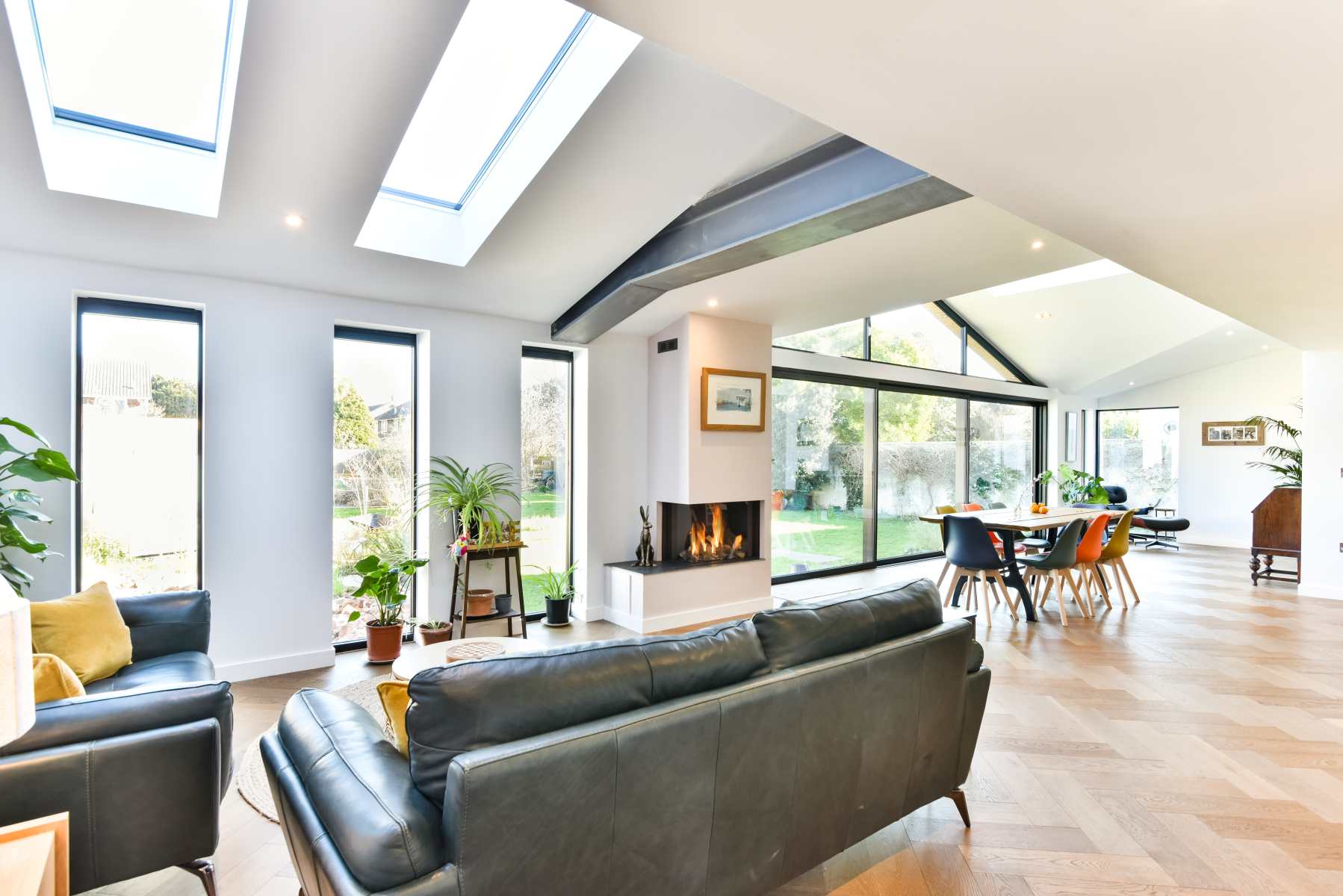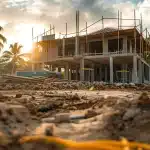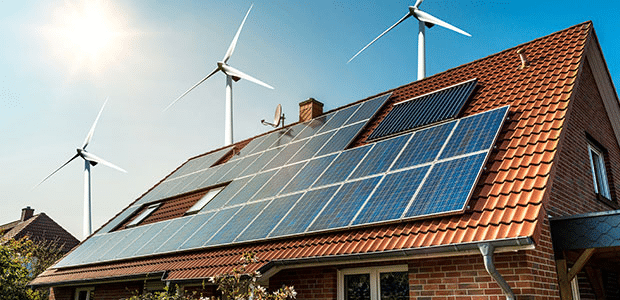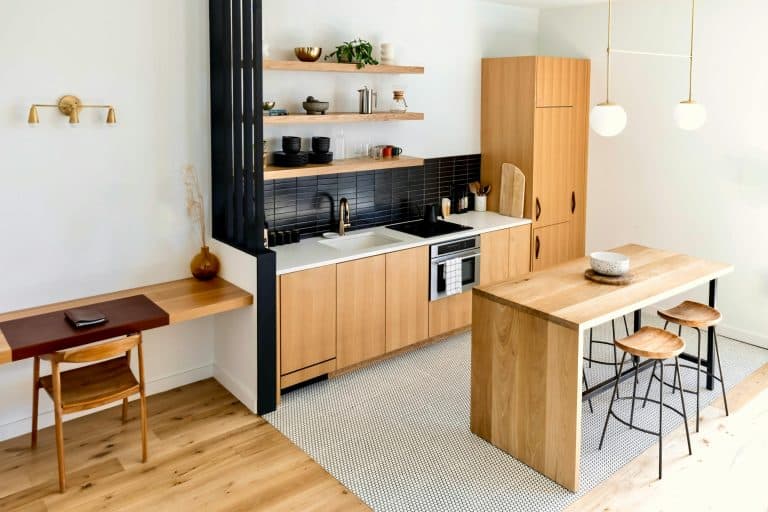Imagine a kitchen bathed in warm sunlight, a bathroom invigorated by natural light, or a bedroom transformed into a tranquil haven under a starlit sky. Skylights aren’t just design elements but portals to a brighter, more connected living experience. But with so many options and factors to consider, choosing the right skylight can feel daunting.
This guide helps builders and contractors choose the perfect skylight for every room.
Understanding Project Specifications
Architectural drawings should detail the roof skylight‘s location, size, shape, and type and include desired outcomes, such as lighting and ventilation. Building codes specify size and placement restrictions, and safety glass requirements. Consider factors like whether the client desires a dramatic light effect or a subtle natural light source for the room. Building codes also require permits for skylight installation to ensure compliance and avoid delays.
In addition to the general factors mentioned, consider how the chosen skylight will function within the specific room:
- Living Rooms and Kitchens: Prioritize ample natural light for a bright and airy feel. Fixed skylights or sun tunnels are good options, but venting skylights should be considered if heat gain is an issue.
- Bathrooms: Natural light is beneficial, but privacy is also important. Opt for high-placed fixed skylights with translucent or patterned glass.
- Bedrooms: The key to good sleep is balancing natural light and darkness. Choose fixed or vented skylights with light-control options like blinds or shades.
Aligning the chosen skylight with the room’s function and general selection factors enables builders and contractors to optimize aesthetics and functionality. These considerations allow builders and contractors to deliver projects that precisely align with architectural designs, exceed client expectations, and comply with all relevant building codes.
Skylight Selection Criteria
Skylight types include fixed and venting options with glass, acrylic, and polycarbonate materials. Sizing and placement should consider natural light, structural integrity, roof pitch, and flashing installation techniques.
Leading skylight manufacturers should be researched for quality construction and performance, considering factors like product warranties and customer service. Performance specifications encompass insulation, UV protection, warranty coverage, and maintenance requirements.
By carefully considering these technical aspects and conducting thorough product research, builders and contractors can select skylights that meet project requirements, optimize functionality and aesthetics, and ensure long-term performance.
Installation Considerations
Builders and contractors must determine the type of skylight and assess the roof structure to ensure compatibility. They should choose the flashing method based on the roof type and waterproofing materials. Electrical considerations should be planned, especially for motorized skylights.
Safety during installation should also be prioritized, including using fall protection equipment and adhering to workplace safety regulations. They must follow the manufacturer’s installation guide.
Key installation steps include:
- Preparing the roof opening
- Installing the flashing system
- Securing the skylight frame
- Installing ventilation components
- Ensuring all electrical connections are secure
Quality control measures include thorough inspections, double-checking flashing connections, and testing the operation of venting mechanisms and electrical components. These steps allow skylights to be integrated seamlessly into the roof structure, ensuring a watertight seal and optimal performance.
Maximizing Skylight Benefits
Builders and contractors can control skylights to maximize their benefits and ensure long-term performance. They can offer light control options like blinds, shades, and diffusers. Blinds and shades allow occupants to control natural light, while diffusers disperse direct sunlight more evenly.
Builders and contractors can integrate skylights with whole-house ventilation systems for a more controlled approach to air circulation. They can also relieve heating and cooling expenses, contributing to energy efficiency. Skylights help minimize moisture buildup by promoting air circulation and preventing mold growth within the building envelope, contributing to a healthier indoor environment.
Regular cleaning schedules should be maintained for the skylight exterior and interior to prevent dirt buildup and ensure maximum light penetration. Neglecting gutter maintenance can lead to water seepage around skylights, causing structural damage and reducing their lifespan.
Routine inspections before and after winter are crucial to identifying and addressing potential leaks, cracks, or damage—ensuring skylights remain watertight and structurally sound.
Troubleshooting Potential Skylight Issues
While skylights offer numerous benefits, occasional issues can arise. Builders and contractors should be familiar with common problems and their potential causes:
- Leaks: Faulty flashing installation or improper sealing around the skylight perimeter can lead to leaks.
- Condensation: Moisture buildup on the interior skylight surface can occur due to improper ventilation or high indoor humidity.
- Malfunctioning vents: Blocked vents or mechanical issues can prevent proper ventilation.
Early detection and addressing of these issues are crucial to preventing further damage. A qualified roofing professional is recommended if leaks or structural problems are suspected.
Conclusion
Skylights are strategic design elements that elevate a space. By understanding room function, technical specifications, and best practices, you can create projects with natural light, optimized ventilation, and aesthetic appeal. A well-chosen skylight is not just functional but also transformative, enhancing the livability and value of any home.











